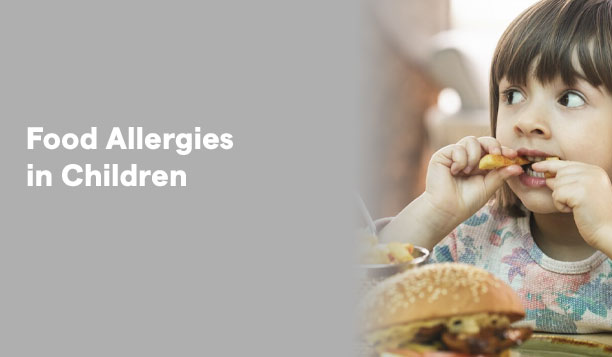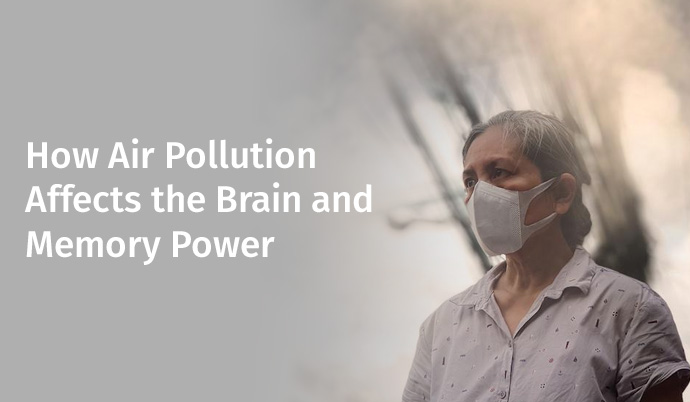
Have you ever imagined that the food we consume daily as part of our healthy and fulfilling diet could be life-threatening? Even the most simple breakfast recipes, such as peanut butter sandwiches or strawberry smoothies, can lead to a visit to the hospital's emergency room, exposing your child to a potential danger that is often overlooked.
For millions of children worldwide, this situation is no longer a mere fantasy but rather an actual reality. Many new mothers might have experienced their kids falling sick, wheezing, itching, and even vomiting after consuming something as simple as milk. This sudden response of their children's bodies against harmless food items is commonly known as ‘food allergies.’
Before dwelling on the signs, symptoms, causes, prevention, and cure of the different types of food allergies, it is essential to know what exactly a food allergy is. It cannot be identified as an aching/upset stomach or a mild rash/itch on the body. Instead, it is a phenomenon that occurs when an individual's immune system cannot differentiate between a harmful and harmless food protein. This leads to the body reacting with the harmless food protein, triggering the aggressive response of the body.
In children, any food item could be responsible for triggering an allergic reaction, yet some of the most common food items that could trigger an allergic reaction include:
The different components or proteins in the above-mentioned food items react with the body’s immune system and activate the negative response system. This leads to exhibiting various signs and symptoms in children that the parents must be aware of to avoid any severe health implications.
When a child consumes a food item to which their body is allergic, their body set could take either minutes or a few hours to activate. This time frame between these few minutes and hours is crucial because it is during this period that the body shows signs and symptoms of being allergic to a specific allergen. Some of the common symptoms of food allergies include:
Parents, teachers, and caregivers should closely monitor their children. They must know the diagnostic methods by consulting the best paediatric hospital in Delhi if they suspect their child might have a food allergy. Some important diagnostic methods involve:
Recent studies suggest that if infants, after 6 months, are introduced to allergenic foods under excellent medical supervision, it will eventually help reduce the chances of contracting the risk of food allergies in children. However, it is always advised to consult a pediatrician for the introduction of potentially allergic food items.
Parents and caregivers must also be aware that there is no evident cure for food allergies, yet the best way to prevent them is by managing them effectively.
The primary step towards managing food allergies is reading food labels very carefully for allergens. Also, it is just as important to teach the child about foods to avoid that could trigger an allergic reaction. Most of the clinical manifestations of food allergies are mild. However, the family should see their paediatrician for early identification of severe manifestations and appropriate treatment. Few of the children who develop severe symptoms should be immediately attended to in a pediatric emergency. On the emergency preparedness side, you should have an epinephrine auto-injector (EpiPen) nearby if prescribed, teach caregivers how to use it, and have an action plan ready for allergic reactions.
Other means of providing nutrition are swapping allergenic food with the contrary in a healthy manner (e.g., almond milk in place of cow's for cow's milk allergy) and providing the child with constructive support for healthy growth through a balanced diet with adequate nutrients.
It must be considered that being educated about food allergies will make vigilance, education, and preparedness a requirement for any parent. Understanding the causes, identifying the symptoms, and applying safety measures will empower the parents to assist their children in living healthily and happily without fearing an allergic reaction. Book an appointment at Sir Ganga Ram Hospital today to gather more information about the diagnosis and treatment of different food allergies in children.




